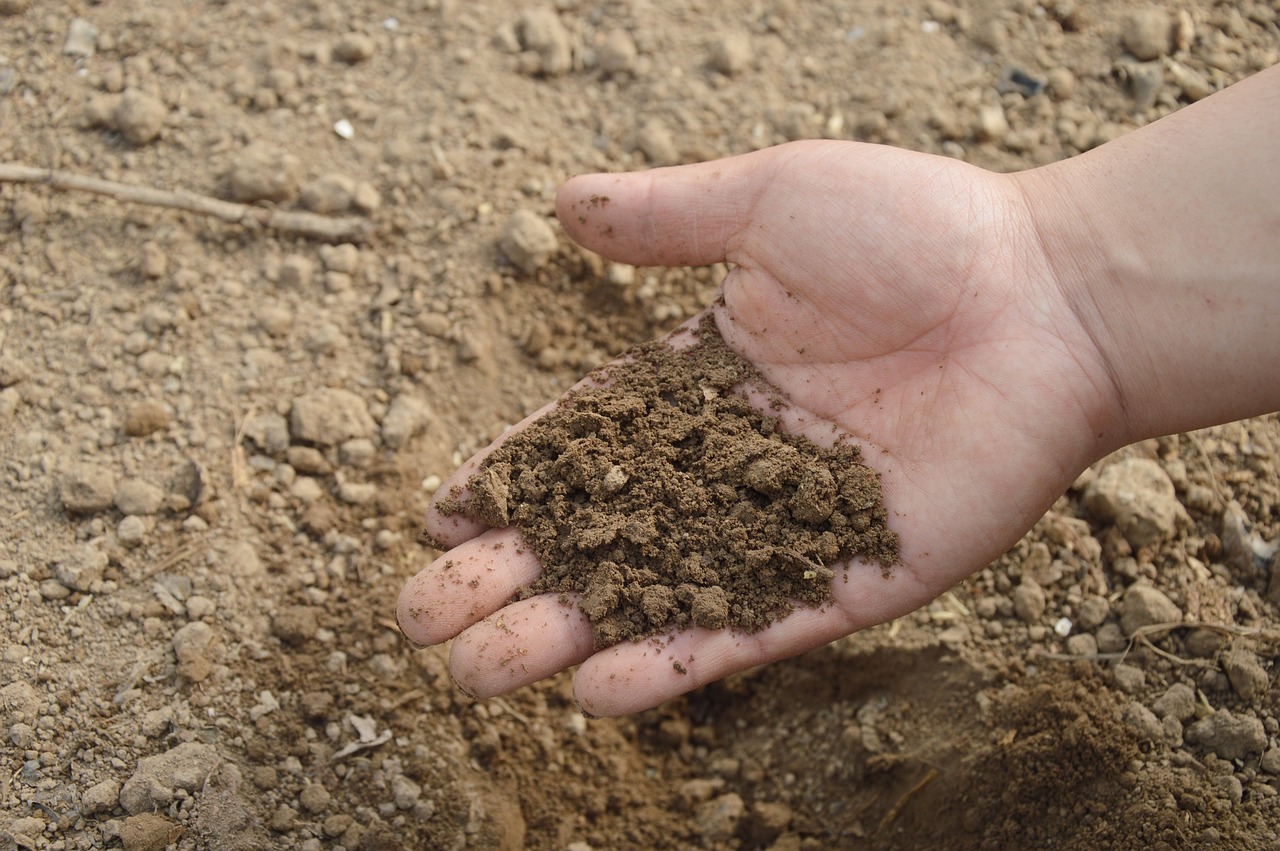The Seed Match
Students investigate where food comes from, the parts of plants that we eat, and the difference between fruits and vegetables.
Students investigate where food comes from, the parts of plants that we eat, and the difference between fruits and vegetables.
Students observe and explain the decomposition process and identify the methods and ingredients for making compost.
Students examine fruit and vegetable preparation and storage.
Students observe the interactions between living plants and other living and nonliving things in a small terrarium environment and discuss similarities between the terrarium environment and the farm environment.
Students determine the water holding and draining capacities of different soils and investigate how organic matter affects the amount of water soil will hold.
Students discover what a soil profile looks like, investigate the composition of soil, and explore the five soil-forming factors and soil horizons.
Students evaluate the function of plant stems and identify edible stems belonging to certain plants.
Students investigate six kinds of simple machines—inclined plane, pulley, screw, wedge, lever, and wheel and axle, and determine that simple machines can be combined to form complex machines.
Students identify basic animal behaviors, hypothesize what causes them, and discover the responsibilities of an animal physiologist.
Students dissect seeds, identify the anatomy and function of seed parts, and classify seeds as monocots or dicots.
Students determine that the diversity of life in soil contributes to soil fertility.

Students discover that different soils have different characteristics, examine different types of soil, investigate soil components, and observe how air space allows soils to hold and transmit water.